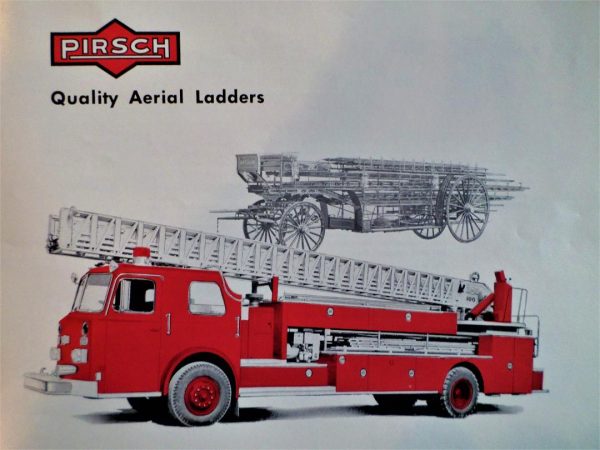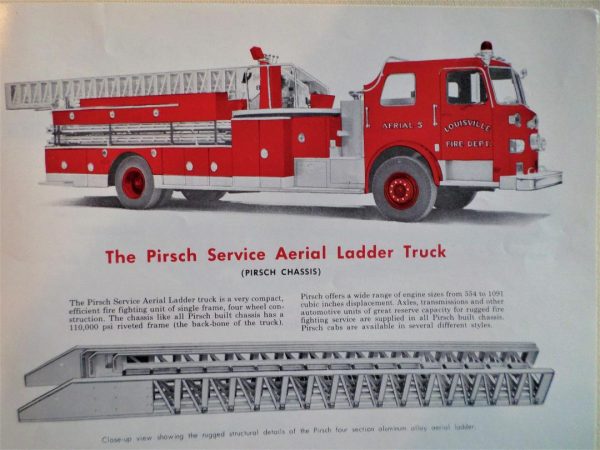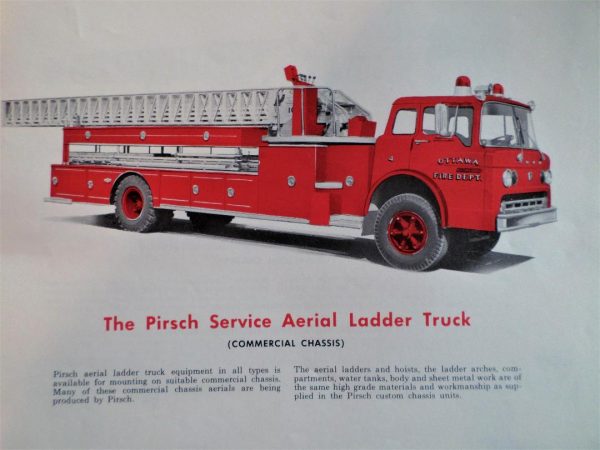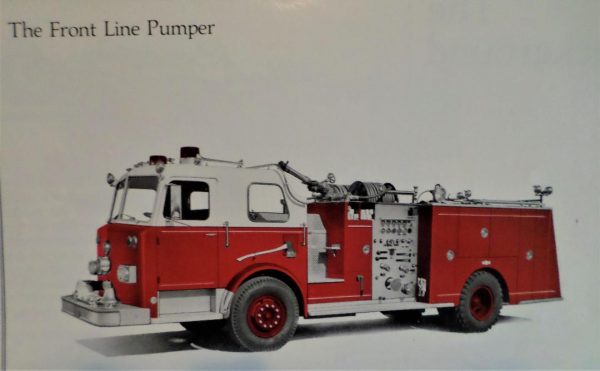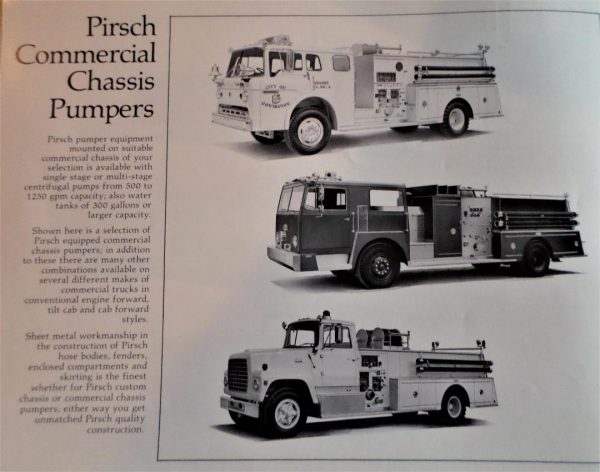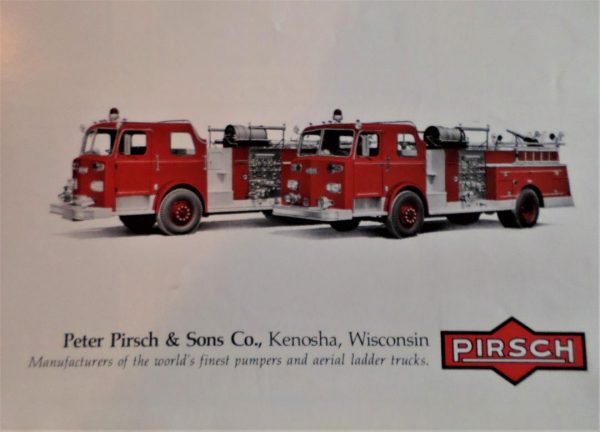This from Larry Shapiro:
Here’s a bit of Bloomingdale FPD truck history as a follow up to the #TBT from Mike Summa
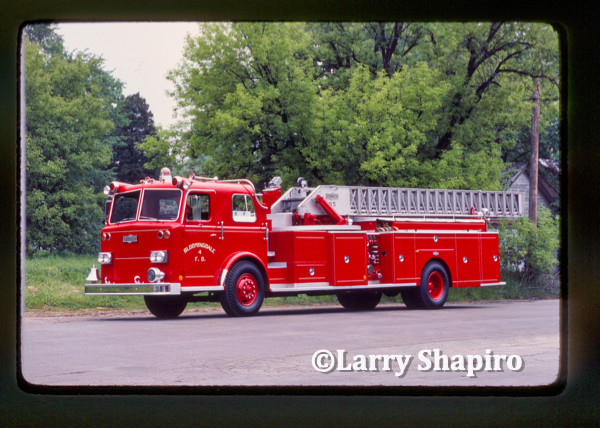
1972 Pirsch 85-foot mid-mount aerial ladder fire truck in Bloomingdale, IL. Larry Shapiro photo

Pierce Lance 100′ platform aerial as Bloomingdale FPD Tower 14. Larry Shapiro photo
